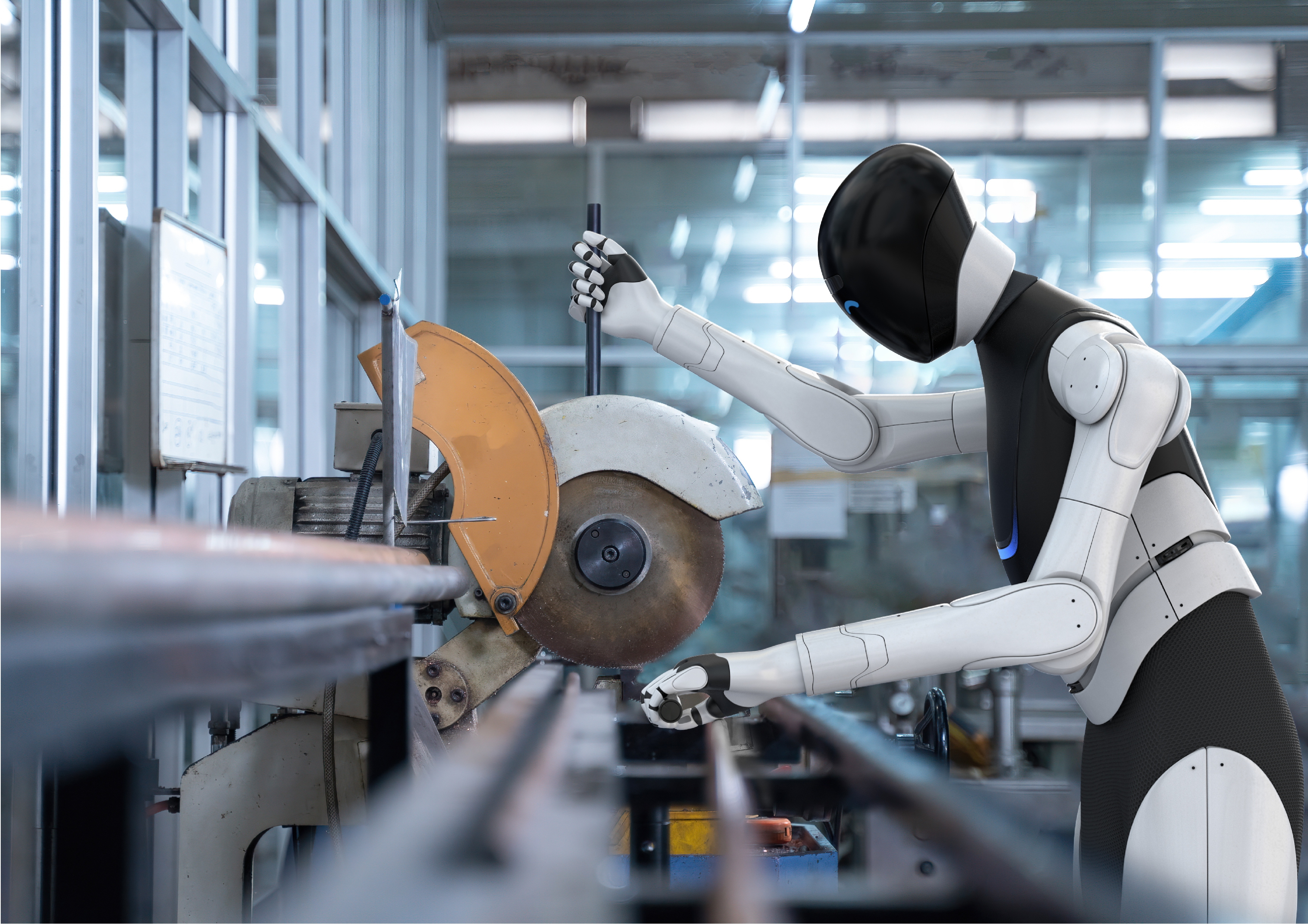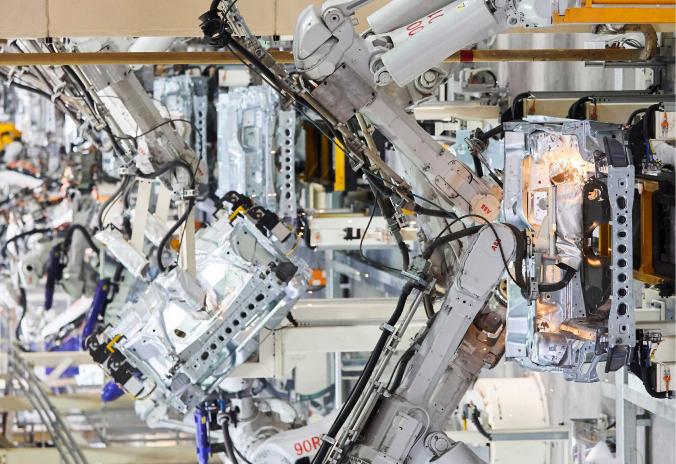EU Automotive Sector sees Sharp Decline in Robot Adoption
Lower-than-expected demand, especially for electric vehicles, and both national and international political uncertainty have led companies to postpone investment projects.
The EU automotive industry will install 30,650 industrial robots in 2024, a 5% decrease compared to the previous year. Six of the EU's ten largest car-producing countries recorded double-digit losses, according to the World Robotics 2025 Industrial Robots report, published by the International Federation of Robotics (IFR).
“The automotive industry has traditionally been one of the strongest customer industries worldwide, accounting for about a quarter of all robot installations in 2024,” said Takayuki Ito, president of the IFR.
“However, contrary to this trend, most EU car manufacturing countries have significantly reduced investment in robotics.”
In Germany, installations fell by a quarter
Germany is the EU’s largest and the world’s fourth-largest producer of cars, with more than 4 million vehicles expected to be produced in 2024, according to OICA.
The German automotive industry used to account for more than 40% of annual domestic robot installations. However, these shares have fallen significantly over the past four years: in 2021 it was 35%, and in 2024 it dropped to 26%, with only 6,932 units installed — a 25% decrease compared to the previous year.
EU’s top 10 automotive countries
Other leading EU automotive nations also reduced robot investments in 2024:
- Spain, the second-largest vehicle producer, will install 2,279 units, down 1%.
- Czech Republic ranks third with 1,116 units, down 28%.
- France is fourth with 1,018 units, down 41%.
- Slovakia is fifth, installing 398 units, down 75%.
- Italy ranks sixth with 1,002 units, down 11%.
- Romania is seventh, installing 248 units, down 50%.
- Poland is eighth, with 742 units, unchanged.
- Hungary ranks ninth in vehicle production but is a notable exception, installing 3,573 industrial robots, a 305% increase due to major automotive projects that accounted for 84% of the country’s total robot installations in 2024, typically between 1,000 and 2,000 units annually.
- Portugal rounds out the top ten, installing 289 units, a 4% increase.
Outlook expected to improve by 2027
According to the report, the EU automotive industry is not expected to drive growth in the robotics sector in 2025. However, the trade and customs agreement reached between the European Union and the United States at the end of July has raised hopes.
Looking ahead to 2026, experts remain uncertain about a return to growth. However, there is a broad consensus that installation numbers will begin to rise again in 2027 and 2028.
Vaula Aunola





![EMR_AMS-Asset-Monitor-banner_300x600_MW[62]OCT EMR_AMS-Asset-Monitor-banner_300x600_MW[62]OCT](/var/ezwebin_site/storage/images/media/images/emr_ams-asset-monitor-banner_300x600_mw-62-oct/79406-1-eng-GB/EMR_AMS-Asset-Monitor-banner_300x600_MW-62-OCT.png)



